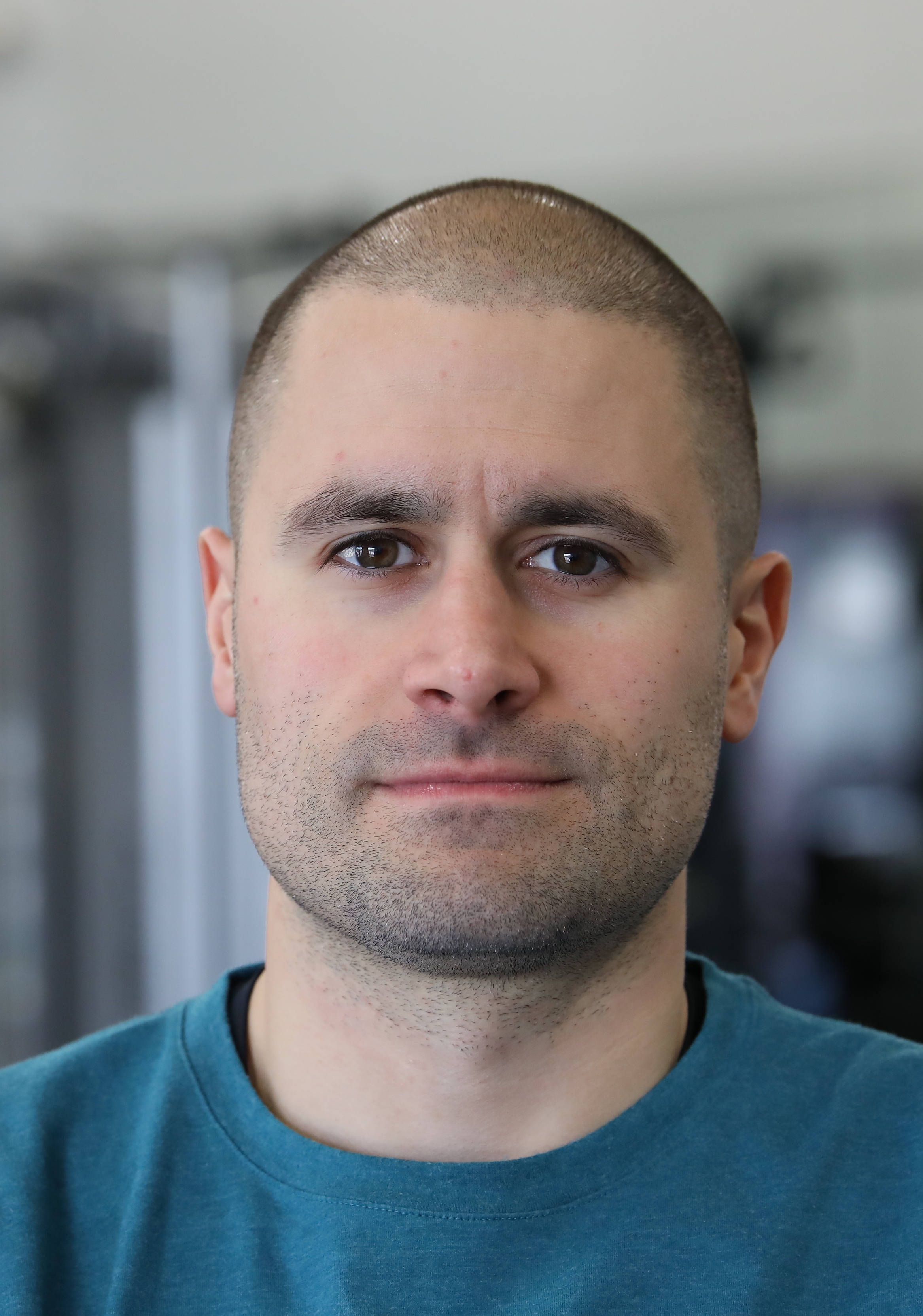THE 3 TENETS OF A SUCCESSFUL DYNAMIC WARM-UP

Saturday, I spoke at the NSCA Southern California State Clinic. There was a great lineup of speakers and a monster turnout of knowledgeable attendees. I presented on mastering the art and science of the dynamic warm-up. It was risky business attempting to step up at 8:30 am and talk about a potentially tired topic that has been regularly recycled over the years. Instead of listing off exercises and drills that can be used in a warm-up, I set out to discuss something less often covered: the 3 principles behind a successful warm-up.
1. trigger:
A successful dynamic warm-up acts as a trigger that sparks momentum going into a training session or practice. We all have days when finding the motivation to train or sneak in a quick workout is a battle. Ushering in a training session or practice with a specific routine will form a habit that triggers participants to know it's time to work - even on the most challenging days. One way to accomplish this is by starting and finishing the warm-up the same way each time.
By bookending each warm-up with a routine "starter" and "finisher" you make it easy to add important variety in between. The more simple, comfortable and enjoyable the routines, the better. For example: when I lead our Lakers players through pre-practice warm-ups (over 100 times per season), we start on the floor with mobility work and always finish with a high-five routine under the same basket. The players know that when I say "run it back" and go into the high-five routine that practice is about to start - it's their trigger for practice.
2. teach:
Using the dynamic warm-up strictly as a way to break a sweat prior to aggressive activity is a blown opportunity. The warm-up is a great chance to teach or learn the skills of body movement and performance. Fundamental movement patterns such as squats, deadlifts or lunges can be mastered during the warm-up. This is also a great time to groove the athletic skills of accelerating, decelerating, jumping and landing. The key to getting more out of your warm-up is to view it as an opportunity to acquire skills.
3. tone:
If your approach to the warm-up is bored, sluggish and generally sloppy then be prepared for this approach to ooze into your training session or practice. By taking the above "trigger" and "teach" approach to your warming-up you will be more engaged, focused and precise. A more engaged, focused and precise warm-up sets the tone for a successful training session or practice.
take home:
It takes more than drills and exercises to create a successful warm-up. If all you are getting out of your warm-ups are sweaty and bored, then use these 3 principles to get more.
IF YOU LIKED WHAT YOU READ HERE, BE SURE TO SHARE IT.
@tdathletesedge #TDAE #fitness #health
Tim DiFrancesco, PT, DPT, ATC, CSCS is the Head Strength & Conditioning Coach for the Los Angeles Lakers and Founder of TD Athletes Edge, where he provides fitness, recovery and nutrition guidance to aspiring and professional athletes. For training advice, visit www.tdathletesedge.com and follow him on Twitter/Instagram through @tdathletesedge.
ABOUT THE AUTHOR

Tim DiFrancesco, PT, DPT spent 6 seasons as the Head Strength & Conditioning Coach of the Los Angeles Lakers and is the founder of TD Athletes Edge. He is nationally renowned for his evidence-based and scientific approach to fitness, training, nutrition, and recovery for athletes and fitness enthusiasts.
